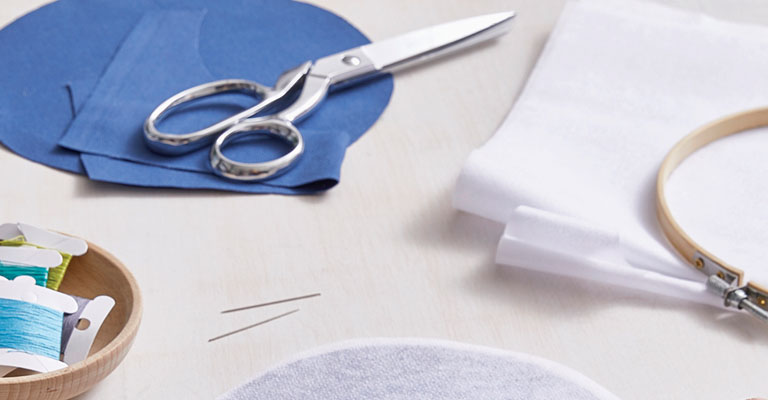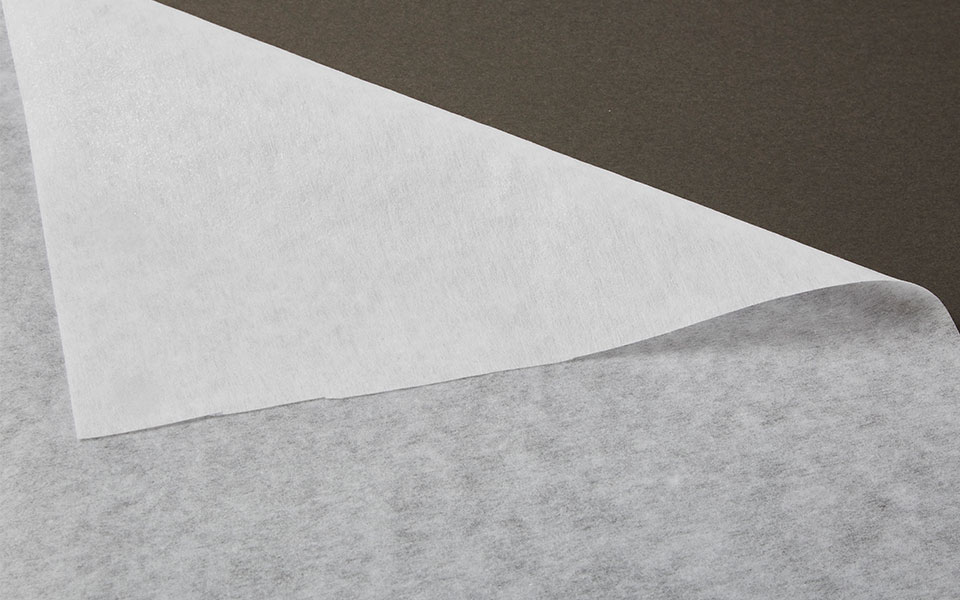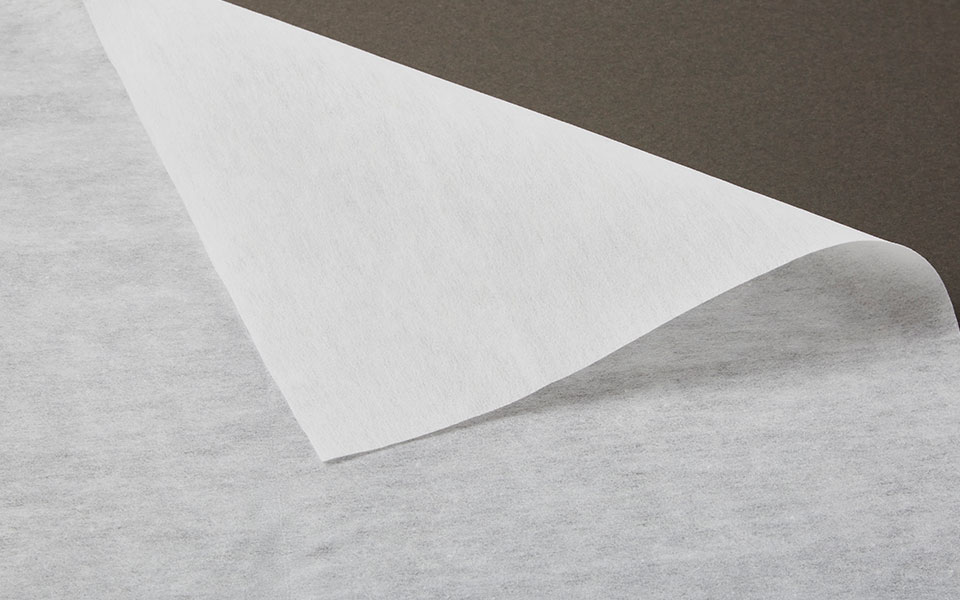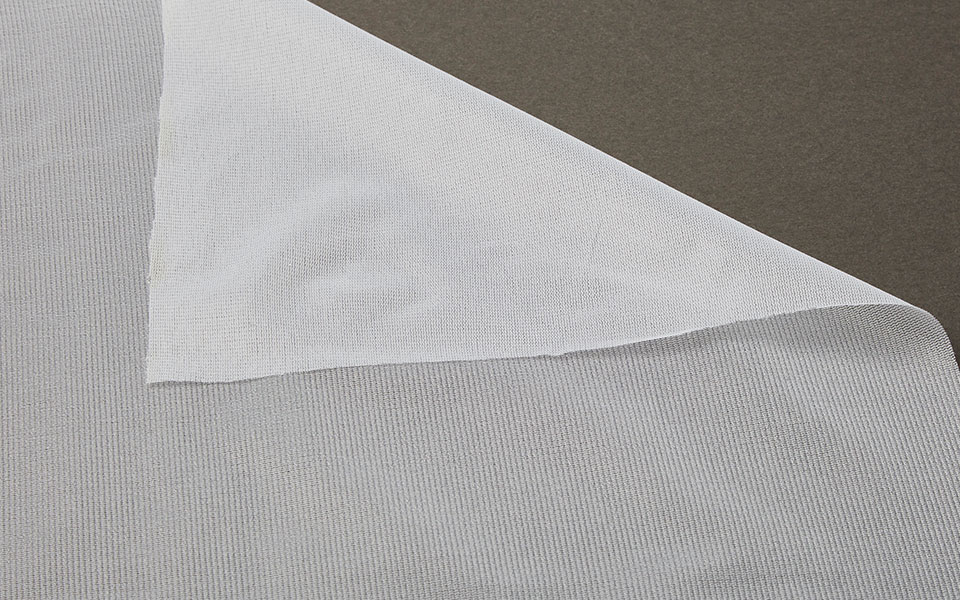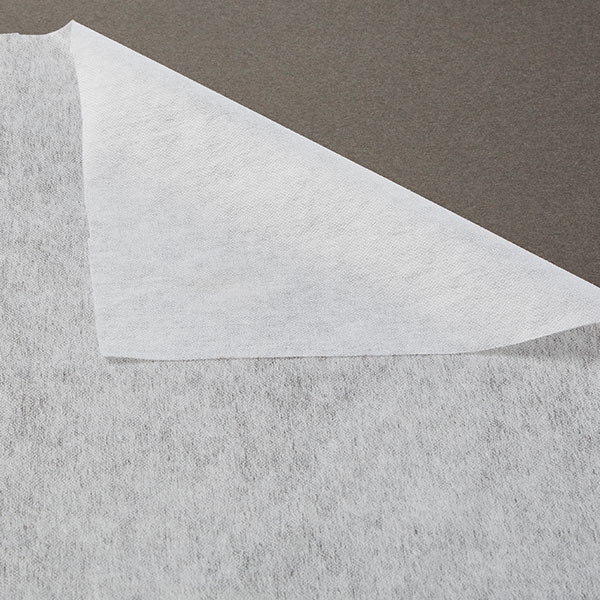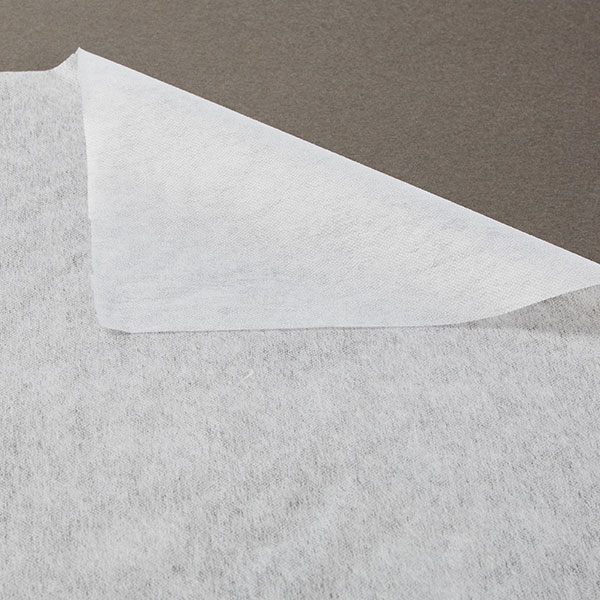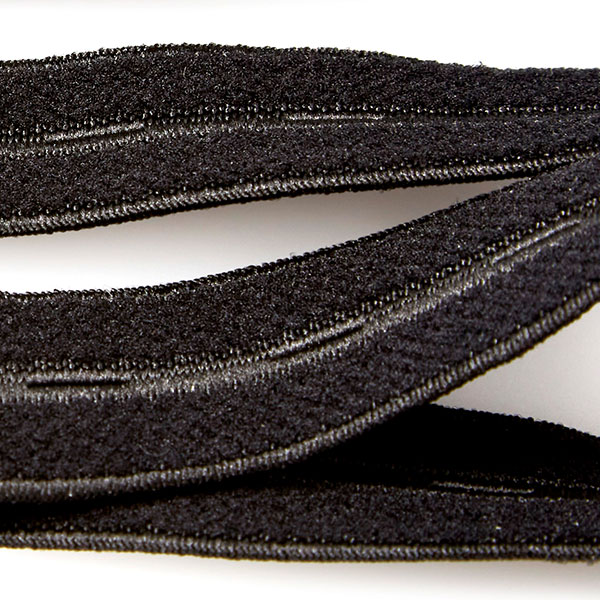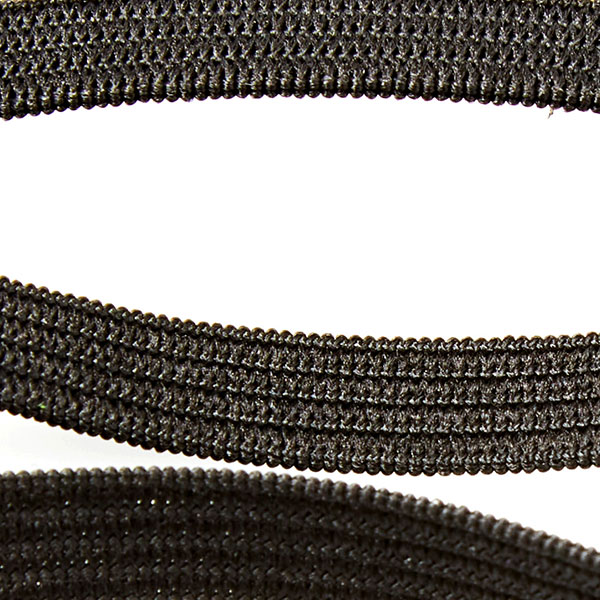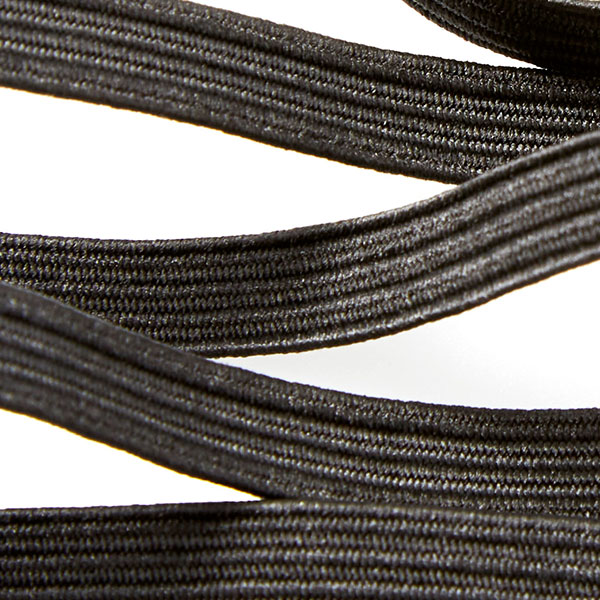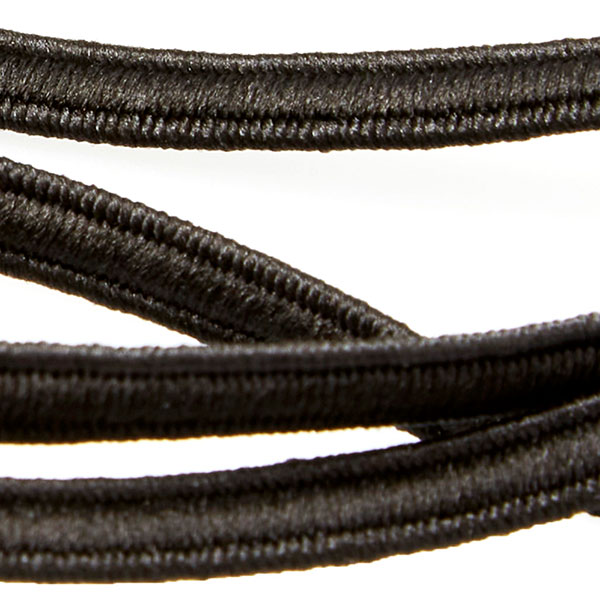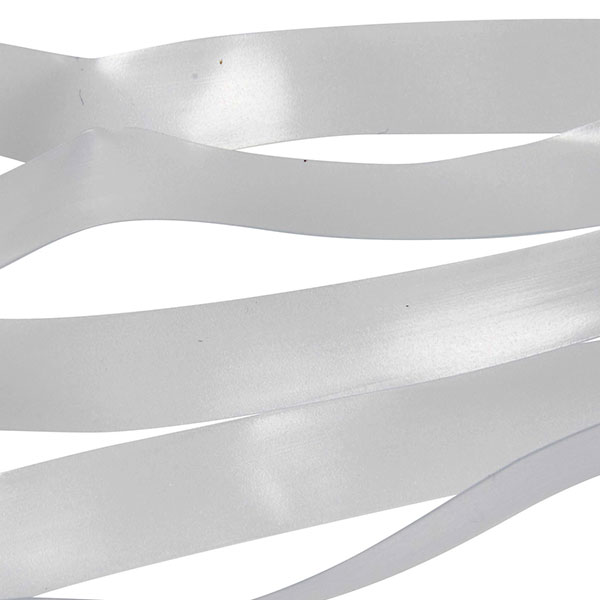Like the foundation of a building, sewing foundations give
support & structure to a garment. Here are some of the
most common ones you might encounter.
support & structure to a garment. Here are some of the
most common ones you might encounter.
Like the foundation of a building, sewing foundations give support & structure to a garment. Here are some of the most common ones you might encounter.
